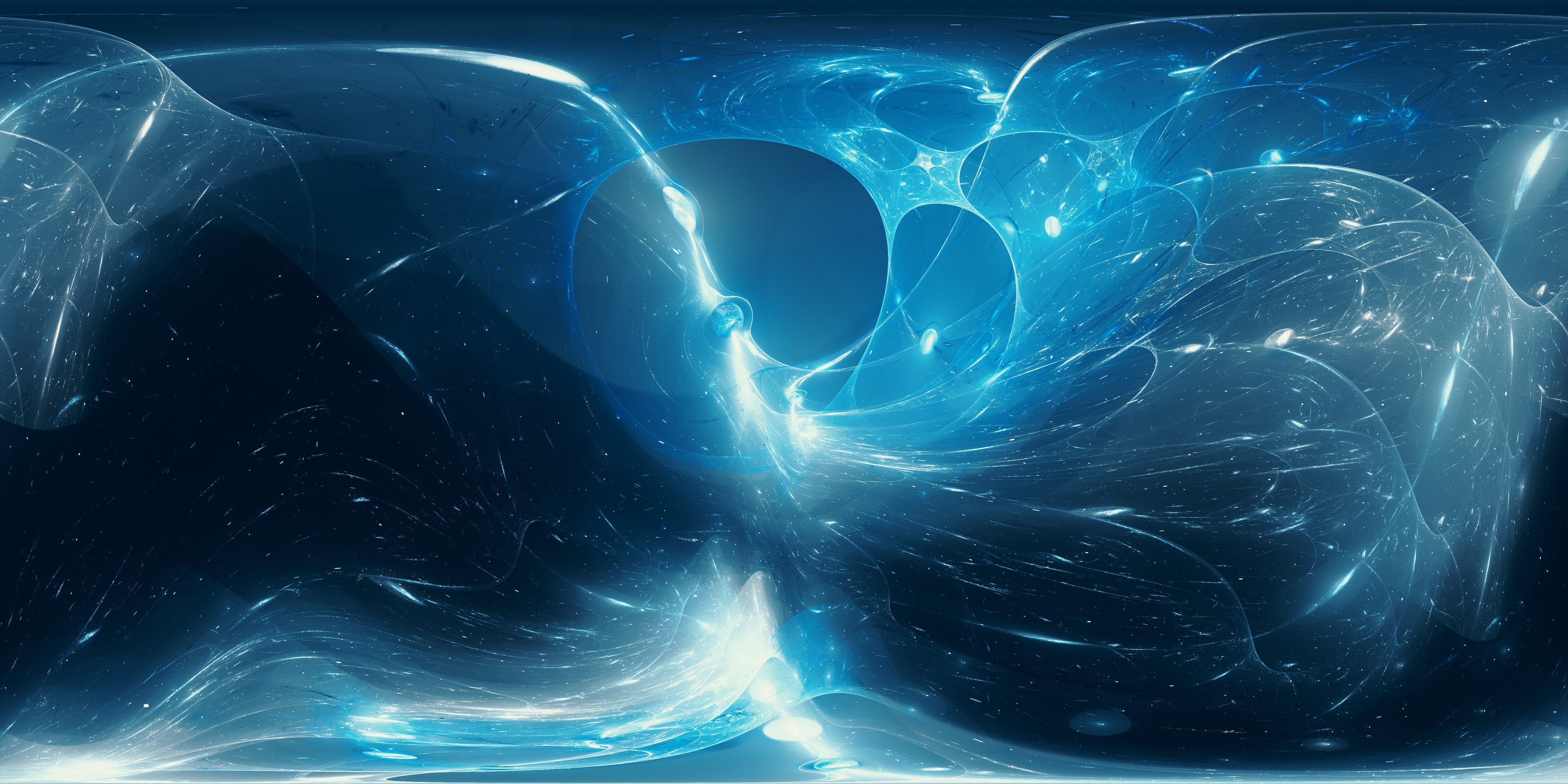This is what the entire internet looked like in 1973

The concept of the “galactic network” was created in the 1960s by J.C.R. Licklider, a MIT professor.
Image: REUTERS/Brian Snyder
Stay up to date:
Fourth Industrial Revolution
Nearly half a century ago, the entire internet consisted of just 45 computers and could be mapped out on the back of a napkin.
The squares in the picture below represent nodes, or gateways, which were the first-generation routers on ARPANET, the predecessor of the internet we know today.

On a map, the network starts to look a lot more impressive, showing that even then some of the linked computers were continents apart:

The concept of the “galactic network” was created in the 1960s by J.C.R. Licklider, a MIT professor. This led to the development of ARPANET (Advanced Research Projects Agency Network), a US defence programme.
It linked research institutions like MIT, Harvard, UCLA, Stanford and NASA. By 1973, the internet had just become international with transatlantic satellite links to London and Norway.
Defence and academia
Shortly after the 1973 map was published, sociologist Ted Nelson released the countercultural technology manifesto “Computer Lib”. He advocated that ordinary people should have access to computers and network technology.
Nelson coined the terms “hypertext” and “hypermedia” and helped promote the idea of connectivity.
In the 1980s the ARPANET split into a defence arm (MILNET) and a network for academics and researchers.
A web impossible to map
The World Wide Web first appeared in 1990, and rapidly grew, spreading to businesses and individuals. It was a decentralized and open internet based on the idea of “net neutrality” (internet service providers and governments regulating the internet should treat all websites equally).
From a small network within academia, the internet has grown into a seemingly bottomless ocean of data. The Indexed Web contained at least 4.62 billion pages last year but the exact size of the internet is very difficult to measure because of its massive growth and the deep web - the hidden internet.
The changing nature of the internet
The nature of the internet, its size and penetration have changed beyond the wildest dreams of the early pioneers.
The number of users in the world surpassed the 3.5 billion this year. The internet is now so vast and pervasive that it’s hard to imagine how different it was at the very beginning.
Don't miss any update on this topic
Create a free account and access your personalized content collection with our latest publications and analyses.
License and Republishing
World Economic Forum articles may be republished in accordance with the Creative Commons Attribution-NonCommercial-NoDerivatives 4.0 International Public License, and in accordance with our Terms of Use.
The views expressed in this article are those of the author alone and not the World Economic Forum.
Forum Stories newsletter
Bringing you weekly curated insights and analysis on the global issues that matter.
More on Fourth Industrial RevolutionSee all
Jon Jacobson
August 14, 2025
Ruti Ben-Shlomi
August 11, 2025
David Timis
August 8, 2025



